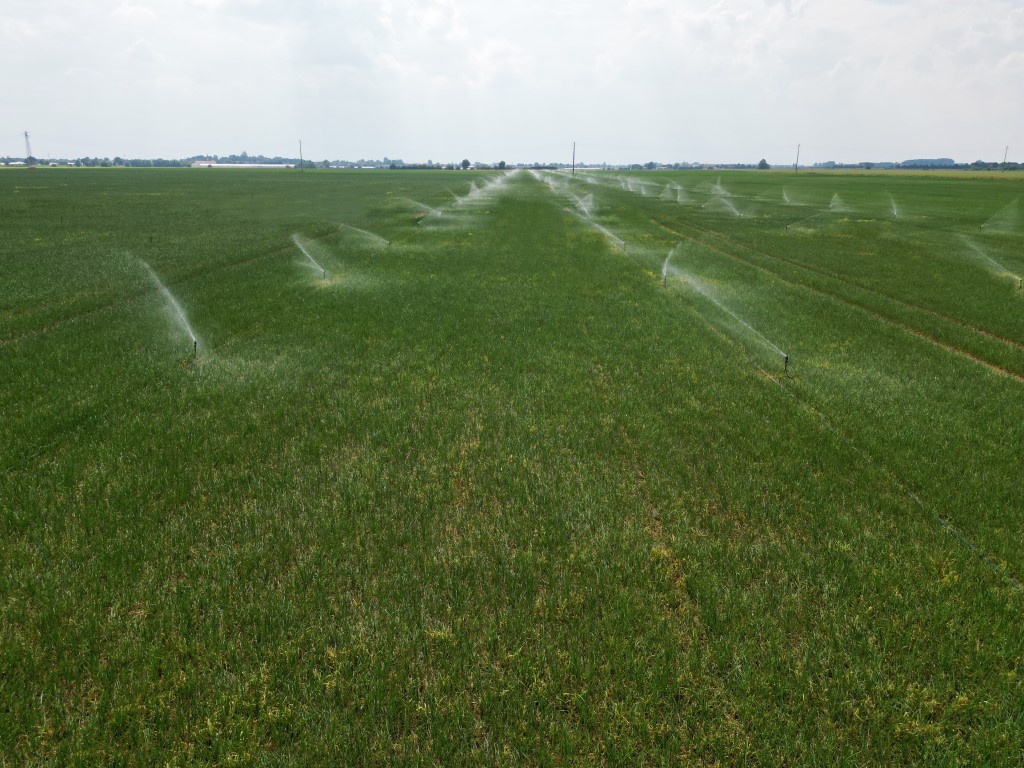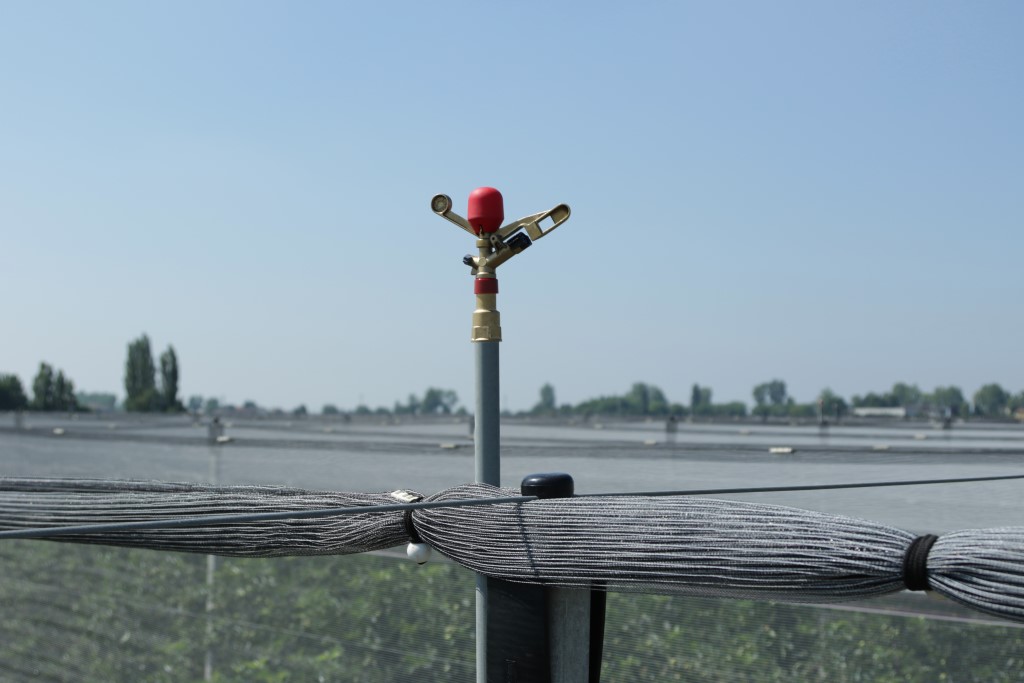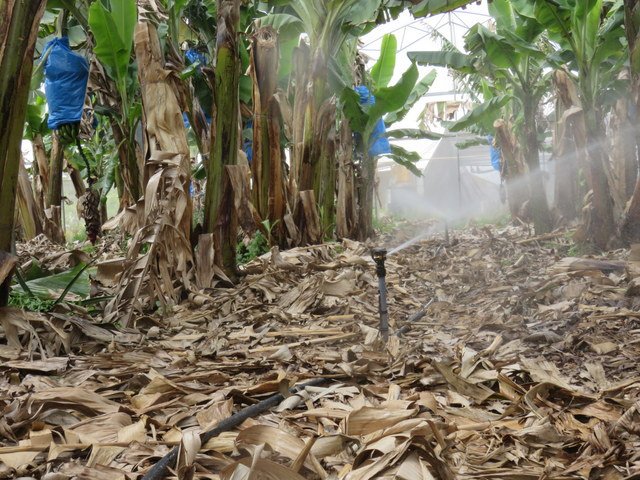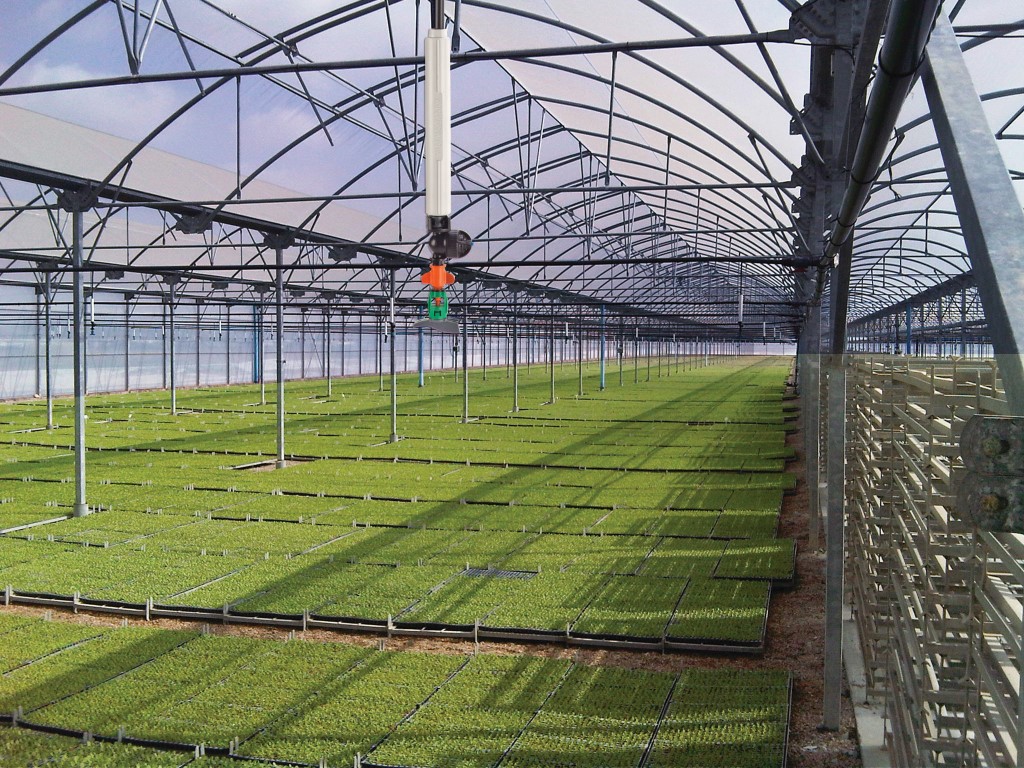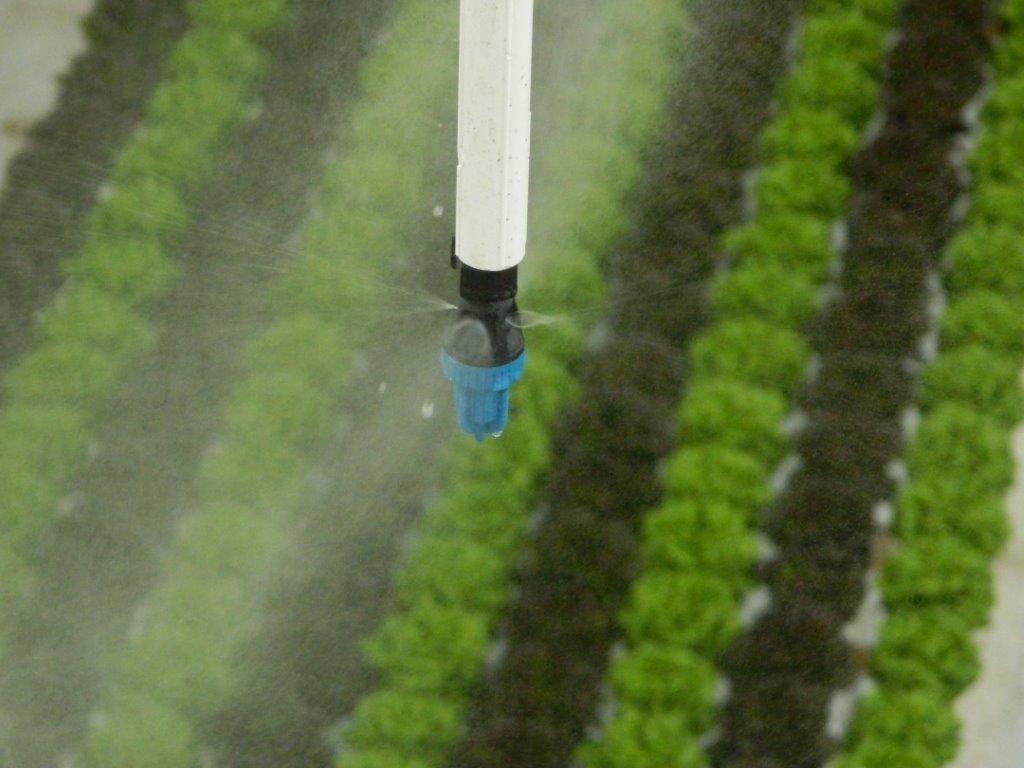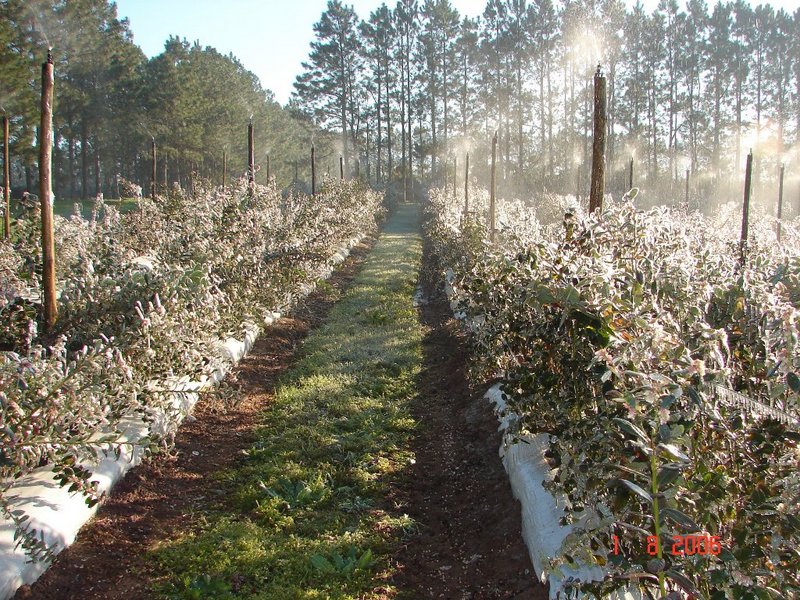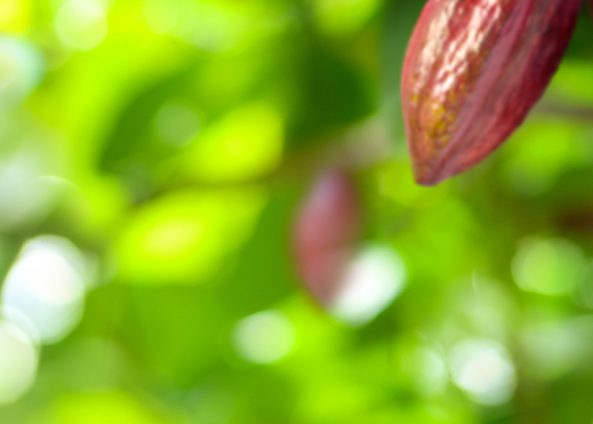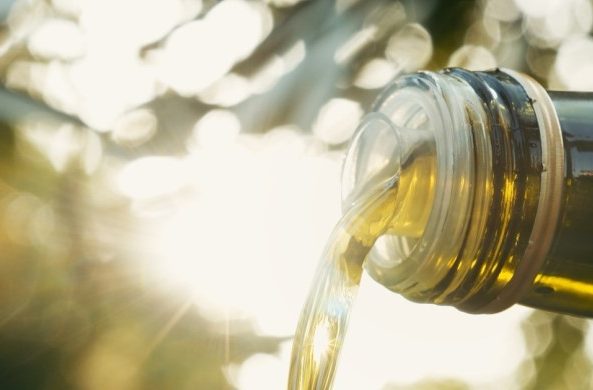
Agriculture sprinkler irrigation systems
Water is the lifeline of agriculture, and efficient irrigation is essential for maximizing crop yields while conserving resources. One of the most effective and widely used methods is Sprinkler Irrigation, which distributes water evenly across fields, mimicking natural rainfall. There are several types of agricultural sprinkler systems, each designed to meet specific needs based on crop type, field size, and water availability. Whether for large-scale farms, orchards, or delicate crops, choosing the right sprinkler system ensures optimal water distribution and improved efficiency. In this article, we will explore the main types of sprinkler irrigation systems and their best use cases.
Types of Agriculture Sprinkler Irrigation Systems
1. Open field sprinkler irrigation
Open-field sprinkler irrigation is commonly used for vegetables and annual crops, providing full coverage across large, flat fields. This system ensures even water distribution, promoting uniform crop growth and maximizing yield. Water is delivered in droplets that mimic rainfall, with adjustable settings to suit different crop types and growth stages. Key to its efficiency is uniform water distribution (measured by Christiansen’s Uniformity Coefficient, CU), a low precipitation rate (3-5 mm/h) to minimize runoff, and precise overlap patterns to maintain a uniform wetted profile.
For optimal performance in open-field irrigation, the Rivulis Super 10 sprinkler provides uniform water distribution with low precipitation rates, making it ideal for vegetables, flowers, and nurseries.
The Rivulis Magic Drive features a maintenance-free, vibration-free mechanism that ensures reliable irrigation and cooling for field crops.
Additionally, the Rivulis 5022 SD impact sprinkler is a robust, clog-resistant solution designed for tough agricultural conditions, ensuring consistent performance and longevity.
2. Orchard overhead sprinkler Irrigation
Overhead sprinkler irrigation in orchards uses sprinklers or micro-sprinklers positioned above the canopy to ensure uniform moisture distribution for optimal tree growth and fruit quality. This system is adaptable for irrigation, cooling, frost protection, and crop and fruit cleaning. It employs higher pressure to reach tall trees and efficient overlap patterns, such as triangular or rectangular, to avoid dry spots and ensure water reaches both the canopy and root zone. Low droplet impact reduces soil compaction, while low precipitation rates minimize runoff, optimizing water and nutrient uptake and insuring and effective cooling.
The Rivulis 233 is a durable overhead sprinkler designed for orchard irrigation, providing excellent uniformity and high water efficiency. The Rivulis Super 10 is another great choice, offering low-angle options to reduce wind drift, making it ideal for orchard conditions. Additionally, the Rivulis Mamkad 16 or Rivulis Magic drive provides high distribution uniformity with an insect-resistant nozzle, ensuring long-lasting performance for orchard applications.
3. Orchard Under-Canopy Irrigation
Under-canopy irrigation uses suspended or spike systems with micro-sprinklers or jets to directly target the root zone, minimizing water loss through evaporation and drifts. By avoiding foliage wetting, it reduces plant thermal stress and enhances water-use efficiency, particularly in hot weather. This method promotes larger root exploration and ensures water is delivered precisely where it’s needed—at the roots. With low application rates, under-canopy irrigation optimizes water use, improves crop development, and boosts yield by minimizing wetting leaves and maximizing soil moisture retention. This system can also provide an indirect frost mitigation effect thank to the latent heat due to
frozen water in the soil (not indicated for Jets).
The Rivulis AquaSmart 2002 is a versatile, flow-regulating micro-sprinkler designed specifically for orchard irrigation, ensuring uniform water distribution even in difficult terrains. The Rivulis AquaMaster 2005 features an insect-resistant nozzle and supports multiple connection types, making it a reliable solution for under-canopy irrigation. Additionally, the Rivulis Smart Jet offers pressure-compensated and insect-proof models, making it an efficient and low-maintenance choice for precise root-zone irrigation.
4. Full Coverage Under-Canopy Irrigation
Full coverage under-canopy irrigation uses low-angle sprinklers or drip systems placed beneath the canopy to deliver uniform water distribution directly to the root zone and soil. This method avoids foliage wetting, maintaining healthy crop growth while promoting consistent soil moisture. It reduces plant stress and allows efficient application of fertilizers and chemicals. With a low precipitation rate of 3-5 mm/h, evaporation loss is minimized, ensuring better water retention and overall plant health, leading to improved crop development and yield. This method promotes larger root exploration and ensures water is delivered precisely where it’s needed—at the roots. This system can also provide an indirect frost mitigation effect thank to the latent heat due to frozen water in the soil
For full coverage under-canopy irrigation, the Rivulis 6004 SD and Rivulis 5024 SD provide consistent and reliable irrigation for tree crops. The Rivulis Super 10 and Rivulis Mamkad 16 are also excellent options, offering precision irrigation while ensuring even water distribution and minimizing water loss.
5. Protected Agriculture Irrigation
Protected agriculture irrigation systems are designed for controlled environments like greenhouses, tunnels, net houses, and nurseries. In addition to drip irrigation, they use misters and foggers, or inverted irrigation systems with micro sprinklers for uniform water delivery, ensuring optimal water delivery. These systems help maintain ideal climate conditions too, improving crop health and productivity. Integrated with climate control technologies, they regulate humidity and temperature while supporting efficient nutrient delivery. By preventing plant stress and conserving water, these systems maximize crop yields while minimizing resource waste in fluctuating environments.
The Rivulis Super Green Spin micro-sprinklers provide high uniformity and efficiency for greenhouse applications. The Rivulis Rondo is another excellent option, offering precision irrigation for various protected agriculture setups. Additionally, the Rivulis AquaMaster 2005 ensures reliable and adaptable irrigation for greenhouse environments.
6. Fogging and Misting Systems
Fogging and misting systems regulate temperature and humidity in protected environments, helping to create a favorable microclimate for plant growth. These systems use fine droplets to cool the surrounding environment due to evaporative cooling and maintain the correct amount of humidity, reducing crop thermal stress. Especially useful in greenhouses or hot weather, with good air circulation and ideal droplet size plant damage is prevented. The misting systems enhance crop yields by maintaining optimal conditions for rooting and propagation.
The Rivulis Super Fogger is an effective solution for greenhouse cooling and humidification, delivering ultra-fine droplets that prevent excess moisture buildup. The Rivulis FLF offers high efficiency and precision in creating a stable humidity level. Additionally, the Rivulis Green Mist is designed for nursery propagation tables, ensuring uniform and effective irrigation while preventing mist drift.
7. Frost Protection Systems
Frost protection systems use overhead sprinklers to prevent crops from freezing by forming an insulating layer of water or ice, together with the heat generated by water freezing due to the latent heat, keeps temperatures slightly above the crop freezing point and reduces crop damage. These systems apply water for uniform coverage, whether through full coverage, targeted methods, or strip systems. By minimizing water use, they effectively protect crops from sudden temperature drops. Timely activation is crucial to prevent plant stress and ensure healthier growth, leading to improved yields during unexpected frost events.
The Rivulis Flipper micro-sprinkler is an efficient solution for frost protection in vineyards and orchards, applying water in a narrow strip to save up to 70% of water compared to traditional overhead systems. The Rivulis Super 10 sprinkler is widely used for full coverage frost protection in orchards, ensuring consistent and reliable ice formation. The Rivulis 233 provides effective overhead irrigation for frost mitigation, while the Rivulis AquaSmart 2002 offers targeted frost protection in orchard environments.
Benefits of Agriculture Sprinkler Irrigation Systems
Start with an intro for this section that is objective and less rivulis focused, also for the rest of this section consider a more objective tone of voice.
1. Precision Water and Nutrient Delivery
Rivulis precision irrigation systems, such as drip or micro-irrigation, deliver water and nutrients directly to the root zone, enhancing crop yields, seed germination, and seedling emergence. By applying water at a rate of 3-5 mm/h, these systems reduce evaporation, and run off, and prevent soil cracking or hard crust formation that can impede germination or small plants growth. Integrated with fertigation units, they ensure efficient nutrient delivery and real-time adjustments based on plant needs. This targeted approach is far more effective and sustainable than traditional flood irrigation, optimizing resource use and crop health.
2. Efficient Water Use
Rivulis sprinkler systems deliver water at low application rates (3-5 mm/h), minimizing runoff and water waste while ensuring uniform crop development. The low-impact droplets preserve soil structure, prevent compaction, and enhance nutrient uptake through precise fertilizer application. By maintaining high distribution uniformity (CU > 90%) and matching water delivery with soil infiltration capacity, these systems optimize water efficiency and reduce excessive irrigation. This approach conserves water improves crop yield and quality, and supports long-term sustainability by minimizing resource waste.
3. Climate Control
Climate control systems integrated with irrigation provide optimal conditions for crops by adjusting temperature, humidity, and water application. In hot climates, misting or fogging systems offer evaporative cooling to reduce plant thermal stress. These systems help achieve desired fruit coloration in orchards and prevent environmental stress. By ensuring precise water and nutrient crop use, climate-responsive irrigation maintains consistent crop health and maximizes yield potential, making it essential for protected agriculture and precision farming.
In addition, specific systems used in colder climates, prevent frost damages and safeguards crops.
4. Versatility and Integrated Solutions
Rivulis sprinklers offer versatile solutions for temperature control, fertigation, and pre-harvest cleaning, improving crop yields and quality while reducing water and fertilizer use. These systems are adaptable to various crop types, growth stages, and environmental conditions. Integrated solutions, combining sprinklers, drip lines, and fertigation, allow for a tailored approach, such as using under-canopy systems alongside full-coverage sprinklers in orchards. This flexibility helps optimize water use, improve crop health, and reduce costs, making the systems efficient, scalable, and responsive to varying needs.


